Commercial
commercial property surveyors.
Traditional commercial consultancy. Reimagined.
We’ve reimagined what commercial property consultancy looks like. Our team delivers comprehensive surveys, detailed reports, and expert guidance for property owners, investors, and developers across the UK. Whether you’re buying, leasing, or managing commercial real estate, we help you make informed decisions with confidence.
Commercial Property Consultancy from Fourth Wall
We pride ourselves on offering an honest, reliable service, with advice that you can trust. Our commercial property surveyors understand that each business and project is unique, which is why we’ll present you with tailored services and solutions, based on your own requirements and priorities. You might benefit from one of our commercial services if you work in heritage and conservation, or you’re a developer, asset manager, or occupier.
Our services cover the entire life cycle of a property for commercial clients who own, occupy, develop or fund real estate. We go above and beyond with each project we undertake, so that you can benefit from traditional surveying practice in combination with our market leading knowledge and technology. Explore our commercial property services below to find it more. Need pointing in the right direction? Get in touch with our professional team.
Choosing the right commercial building surveyor can mean the difference between confident decisions and costly surprises. At Fourth Wall Building Consultancy, we go beyond the checklist to offer genuine insight, proactive advice, and a partnership built on trust.
Our commercial services include:
- Measured building surveys
- Pre-acquisition surveys
- Schedule of Condition reports
- Schedule of Dilapidations assessments
- Technical Due Diligence
- Feasibility studies
- Project management and contract administration
- Structural inspections
Conducting a range of professional commercial building surveying services throughout the UK, our experienced surveyors work in Manchester, Sheffield, Leeds, Birmingham, London and surrounding areas. Here’s what makes us different:
Tailored, Transparent Advice: No two buildings or businesses are the same. We provide bespoke surveying solutions based on your goals, priorities, and risk profile. You’ll never get a cookie-cutter report.
Real Expertise, Not Just Box-Ticking: Our RICS-accredited surveyors bring real-world commercial and technical experience to every project, from industrial units to heritage-listed offices. We flag risks others miss — and explain them in plain English.
UK-Wide, Locally Informed: Whether its Manchester, Birmingham or London, our team knows the nuances of the local market. We combine nationwide coverage with local market insight to keep your project compliant and efficient.
Strategic Thinking, Long-Term Value: Whether you’re buying, leasing, maintaining or redeveloping, our surveys look ahead — identifying costs, opportunities, and compliance issues that impact your bottom line.
We’re Not Just Surveyors. We’re Advisors: Clients tell us we feel more like a strategic partner than a supplier. That’s because we’re in it for the long term — building relationships, not just delivering reports.
Comprehensive
Pre-lease Surveys.
What is a pre-lease survey? We provide thorough, expert advice in a clear format, putting issues, risks and costs into context before you sign a lease agreement on a commercial property. Rely on our team of property experts to understand where the costs and responsibilities lie ahead during your tenancy, and get a clear picture of any upcoming maintenance and repairs that you are liable to execute during the term of your lease.
Bespoke
Pre-Acquisition Surveys.
What is a pre-purchase survey? If you’re purchasing a property, whether that be a new office, retail unit or warehouse, you should undertake a pre-acquisition survey to ensure you have a detailed understanding of the property’s current condition, statutory considerations and liabilities which may transfer with the sale. Our team of Chartered building surveyors will generate a bespoke report detailing our findings, repairs needed, and addressing any legalities, providing you and your clients with clarity and expert guidance.
Thorough and Professional
Schedule of Condition Survey.
What is a schedule of condition? Our team can give you peace of mind that any lease obligations are appropriately benchmarked against the condition of the property, providing protection to Tenants or Landlords with a view to future dilapidations claims. We thoroughly photograph your property with annotations, accurately documenting its current condition, ensuring nothing gets missed, protecting you from unexpected costs during the lease term and at expiry.
Professional
Dilapidations Consultancy.
We’ll advise on any dilapidations claim you may receive and provide expertise and guidance to ensure you don’t pay more than you need to. We provide advice on timescales, risks and costs, ensuring you’re equipped with the best knowledge whether you’re considering a commercial lease or have already taken one out.
Detailed and Pragmatic
Planned Maintenance Reporting.
What is a Planned Maintenance Report? Often referred to as a Planned Preventative Maintenance or PPM, our commercial surveyors work with owners, property managers, asset managers and tenants to ensure adequate funds are retained for maintenance and repair liabilities. We know every individual property or portfolio is different, and we tailor our approach to meet your requirements. We’ll help you plan and prioritise maintenance tasks, ensuring each aligns with your budget and optimal timeframes, ensuring that you’re prepared at each stage of your budget forecasting. Our expert chartered building surveyors work closely with our approved partners, to include specialist advice in connection with mechanical and electrical (M&E) installations or any structural or environmental matters.
Accurate and Reliable
Building Reinstatement Cost Assessment.
We have experience working on buildings, projects and spaces of all sizes and values so we can make sure you’re insured at the right level. Also known as building insurance validation, our comprehensive building reinstatement cost assessments give you peace of mind that your property is protected. This service should be carried out by a RICS surveyor at least once every three years.
Smooth, Straightforward
RICS Contract Administration.
Our professional team can manage the contract(s) between yourselves and your building contractor, ensuring that all needs are met and all agreed tasks are executed on time and within budget. We can act as an independent third party, ensuring issues and hold ups are resolved in a timely manner, and without conflict. Each of our surveyors are more than happy to offer you tailored, honest advice as needed as part of this service.
Transparent and Deliverable
Project Management.
From new builds, to renovations, or brand new development sites, we have experience with it all. We understand that each and every project is different, which is why our knowledgeable team will work flexibly to ensure each of your needs are met. We’ll develop your ideas and requirements whilst working with professionals and contractors to deliver the project to the highest standard.
Risk Focused but Pragmatic
Development Monitoring.
We represent you, undertaking your due diligence and ensuring you know and understand any risks attached to your development funding, keeping your investment safe and your costs low, giving you complete peace of mind where it matters the most. Our team will work closely with you, answering any questions you may have, and offering honest advice when needed.
Detail and Thorough
Party Wall Advice.
If you are undergoing construction or renovations on your commercial that fall under the Party Wall Act of 1996, contact us about our Party Wall services. Rely on our team of building consultants to implement solutions that go above and beyond the latest regulations, without upsetting neighbours on adjoining properties. We work with you from the beginning to minimise risks and guide you through the design stage to help you complete your project.
Comprehensive
Portfolio Reviews.
What is a portfolio review? We’ll help you plan and prioritise tasks, costs and appraisals, to ensure you’re prepared at every stage. We offer an honest, open approach so that you have peace of mind that you’re making the right choices and investing your money where it matters the most. Our commercial property team understands that not one project looks the same, which is why we tailor this service towards your needs as a client.
Commercial Property Surveyor FAQs
Browse some of the common questions that our team are asked when it comes to choosing the service that’s right for you.
What Do Commercial Surveyors Do?
Commercial surveyors offer a number of services that relate to business-use properties. This may include office spaces, warehouses, or rental flats and houses. A commercial surveyor can execute a number of services:
- Pre-lease surveys
- Pre-acquisition surveys
- Development monitoring
- Dilapidation reports
- Contract administration
- Schedule of condition reports
How Much Does a Commercial Building Survey Cost?
There is no set cost for commercial building surveys, and this is due to a number of factors. The cost for a survey may vary depending on the size of your commercial property, the current state, age, and the desired purpose of the building. Feel free to get in touch with our friendly and honest team for a free quotation, tailored to your specific needs.
Do I Need a Commercial Building Survey?
If you are in the process of looking for a commercial property, either to buy or rent, it is advised that you hire an experienced building surveyor. By completing a pre-lease or pre-acquisition survey, you’ll be able to have a clear idea of the current state of your property, including any recommended repairs that need to be completed in order to maintain the property. Commercial building surveys also look for the presence of hazardous materials such as asbestos, and take a thorough look into defects, structural issues, and more.
What Our Clients Say.
We could tell you how great our team and services are, but that would be too easy. Why not take a look at what some of our previous clients have said?
What Type of Commercial Survey Do You Need?
Here’s a brief overview of typical commercial survey types and where, when and who they may be applicable:
| Survey Type | When to Use | What’s Included | Typical Clients |
|---|---|---|---|
| Building Survey | Purchasing a property or major lease agreement | In-depth inspection, repair and compliance advice | Buyers, Developers, Asset Managers, Property Managers |
| Vendor Survey | Selling a property | In-depth inspection, repair and compliance advice | Asset Managers, Commerical Agents, Landlords |
| Schedule of Condition | Signing a new lease or ending one | Detailed record of property condition | Occupiers, Tenants, Landlords |
| Planned Preventative Maintenance (PPM) | Long-term asset care | Lifecycle costing, maintenance planning | Asset Managers, FM Teams, Property Managers |
| Dilapidations Survey (Pre-lease Survey or Claim Negotiation) | Lease exit/negotiation | Legal liability analysis, defence strategy | Tenants, Landlords, Asset Managers, Property Managers |
Ready to take the next steps?
Contact Our Commercial Property Surveyors
If you’re interested in our commercial building surveys or you’d like to speak to one of our friendly team members, don’t hesitate to contact us by phone, email, or by completing the contact form below. We can offer a free, no-obligation quote and consultation should you need it!
Local Knowledge
National Coverage.
We have surveyors based across England in our regional offices. With expert knowledge of their local areas, you know you’re in safe hands.
Fourth Wall Yorkshire
Sheffield
2nd Floor
38 Carver Street
Sheffield S1 4FS
Fourth Wall // Midlands
Fourth Wall // South East
Areas We Cover
London
Mayfair
Pimlico
Kensington
Westminster
Lambeth
Islington
Enfield
Camden
Barnet
Belsize Park
Hampstead Heath
Finsbury Park
Home Counties
Ascot
Windsor
Sunningdale
Maidenhead
Cookham
Virginia Water
Cobham
Weybridge
Esher
Guildford
Oxshott
Beaconsfield


